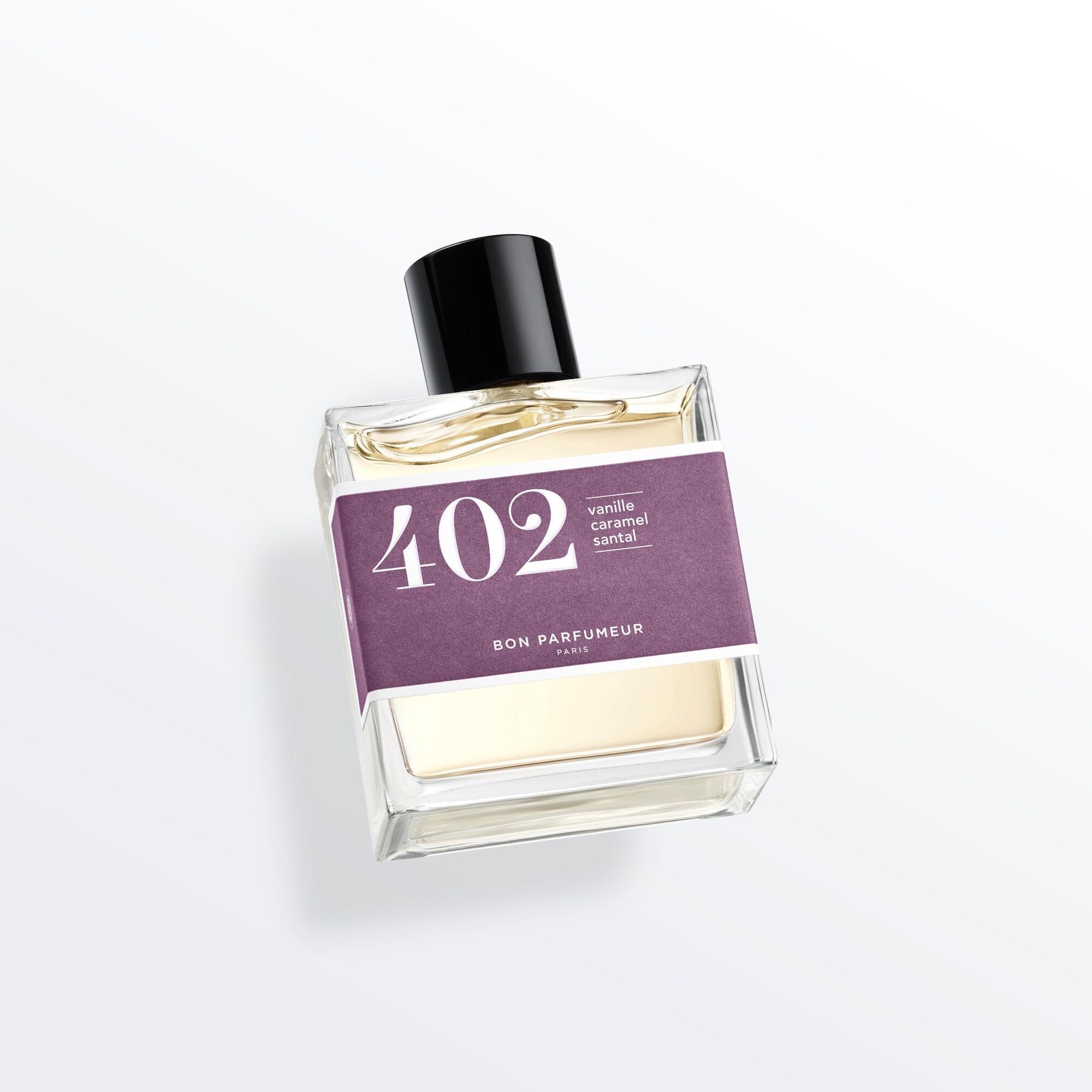When perfumery rhymes with magic! At Bon Parfumeur, the fruity family is represented by its "yellow" label and a number in the 200s. Each perfume is assigned a number that corresponds to the order of its arrival in the olfactory family. This is similar to how a perfumer would annotate tests in their workshop.
These juicy and invigorating scents hold many secrets! It is almost impossible to extract fruit essence naturally. Perfumers must combine several ingredients to give a “fruit accord”. It is about pooling different raw materials, creating the perfect proportions of each, to create a specific scent that replicates nature... These scents truly display the talent of the perfumer!
A green apple. Did you get it ?
We find this scent in our 201! The perfumers use Verdox, a fruity apple/pear and woody smell, a little like undergrowth. They play with other ingredients to "break" this "forest" note and offer us a lovely scent of tangy and crunchy green apple.
A slice of melon in the middle of summer! Devour it in our 202!
In perfumery, this aqueous and fruity smell is created with Melonal, extracted from ginger, white melon and petitgrain. The perfumer here worked a juicy melon with a floral touch of lily of the valley to make it softer and less sweet.
Very ripe red fruits, like in our 203!
Widely used in perfumery for its tangy raspberry smell, Frambinone is a key element in red fruit perfume reconstitutions. It is present in various fruits such as raspberry, blackberry and kiwi.
A last one for the road?
Perfumers often use benzyl acetate in their “floral accords” for its sunny, fruity and floral notes. This raw material smells a bit like jasmine, ylang ylang and reminds us of the smells of sunscreen. Some people even find a banana side to it. Logically, benzyl acetate is found naturally in these flowers in large quantities. It is used to boost the scents of flowers - for example, if you combine it with jasmine absolute, you get a fruitier jasmine.
Tell us which fruit you would like to smell in our perfumes!










